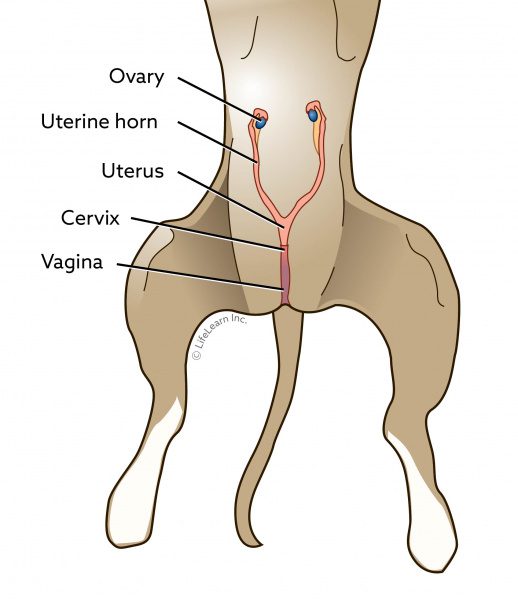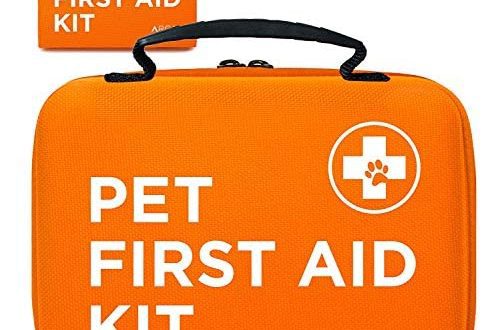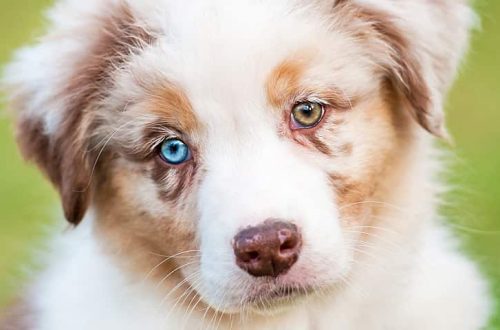
Pregnancy in dogs
If you are not planning on having offspring from your dog, it is always best to neuter it. If you nevertheless made a responsible decision to allow her to have puppies, then you should know: you got involved in an adventure. Here are a few signs that your dog is pregnant.
The nipples of the dog increase and become more pronounced on the 25-30th day of pregnancy. A month after mating, she will have vaginal discharge. You will begin to notice that her belly is enlarged as she will begin to gain weight 45-50 days after conception. Some dogs lose their appetite or show signs of depression during pregnancy.
A trip to the veterinarian
If you think your dog is pregnant, it should be taken to the veterinarian, both to confirm pregnancy and to detect early complications.
A veterinarian uses several different methods to detect pregnancy. After 21-25 days, your doctor may test for relaxin, a hormone that is only produced in pregnant dogs. This method allows you to confirm pregnancy, but does not determine the number of puppies.
By palpating the dog’s abdomen at day 21, your veterinarian may detect thickening of the uterus and the presence of “bulges”, which is indicative of pregnancy. However, various factors can affect the result of this test: being overweight, having one puppy, or even nervousness can complicate the doctor’s task.
With a stethoscope or ECG, puppies’ heartbeats can be recorded after 25 days, but it is not possible to distinguish the heart rate of different puppies, so it is not possible to determine the number of puppies using these tools.
A common method for assessing the course of pregnancy is ultrasound. This is a non-invasive and reliable method that allows you to determine the number of puppies as early as 28 days.
The most accurate method for determining the number of puppies is radiography, with which you can see the skeleton for a period of 49 days. Some veterinarians do not recommend the use of x-rays to avoid exposure to radiation in developing babies.
Preparing for childbirth
In the months leading up to the birth, all you need to do is ensure that the mother-to-be continues to receive quality and healthy food. You should encourage her to do some physical activity so that she stays in good shape for the time of delivery.
A few days before the birth, the dog may become restless and begin to dig into the ground and scrape the bedding with its claws. So she prepares a place for future offspring. You need to build a shelter for her, in which she could come and go, but which would restrict the movement of puppies.
An appropriately sized cardboard box will do, and a paddling pool can also be used. Place towels, blankets, or old sheets inside the nest. Do not put anything that you hope to use for its intended purpose again, after childbirth, not a single thing will survive.
If you know what day conception occurred, then your veterinarian can calculate the day of birth. You can also monitor the mother’s temperature as the day of delivery approaches. Typically, a dog’s temperature is 38,4 degrees, and just before giving birth, it drops to 37,8 degrees.
Is my dog in labor?
Signs of approaching labor are restlessness, frequent urge to urinate, heavy breathing, and digging up the “nest”. A dark green vaginal discharge is usually observed. This means that the placenta has passed and the mother is ready for childbirth. If the discharge appears, and the puppies are not born after a few hours, you should seek help from a veterinarian.
The mother dog can usually take care of everything herself. She will give birth to puppies, then release them from the amniotic membrane, bite the umbilical cord and begin to lick them.
Helping hand
If a new mom doesn’t know what to do, is exhausted, or has her next puppy, you can help her. If the puppy is not free of the membrane, help him.
If you need to cut the umbilical cord, take a piece of strong rope and tie it tightly around the umbilical cord at a distance of about 2 – 2,5 cm from the puppy’s body, and with another piece of rope tie the umbilical cord a little further from the first loop. Then cut the umbilical cord with sharp, clean scissors.
Grab the skin on the back of the puppy’s neck with your fingers and try to make it squeak. Crying will clear the puppy’s airways of fluid. If you have an eyedropper, you can carefully remove the liquid from the puppy’s nose.
When the birth is over, encourage the dog to go outside to stretch his muscles and relax a bit. Remove soiled towels and blankets and replace them with clean ones. Then leave mom alone with the kids.
Congratulations on a successful birth!





